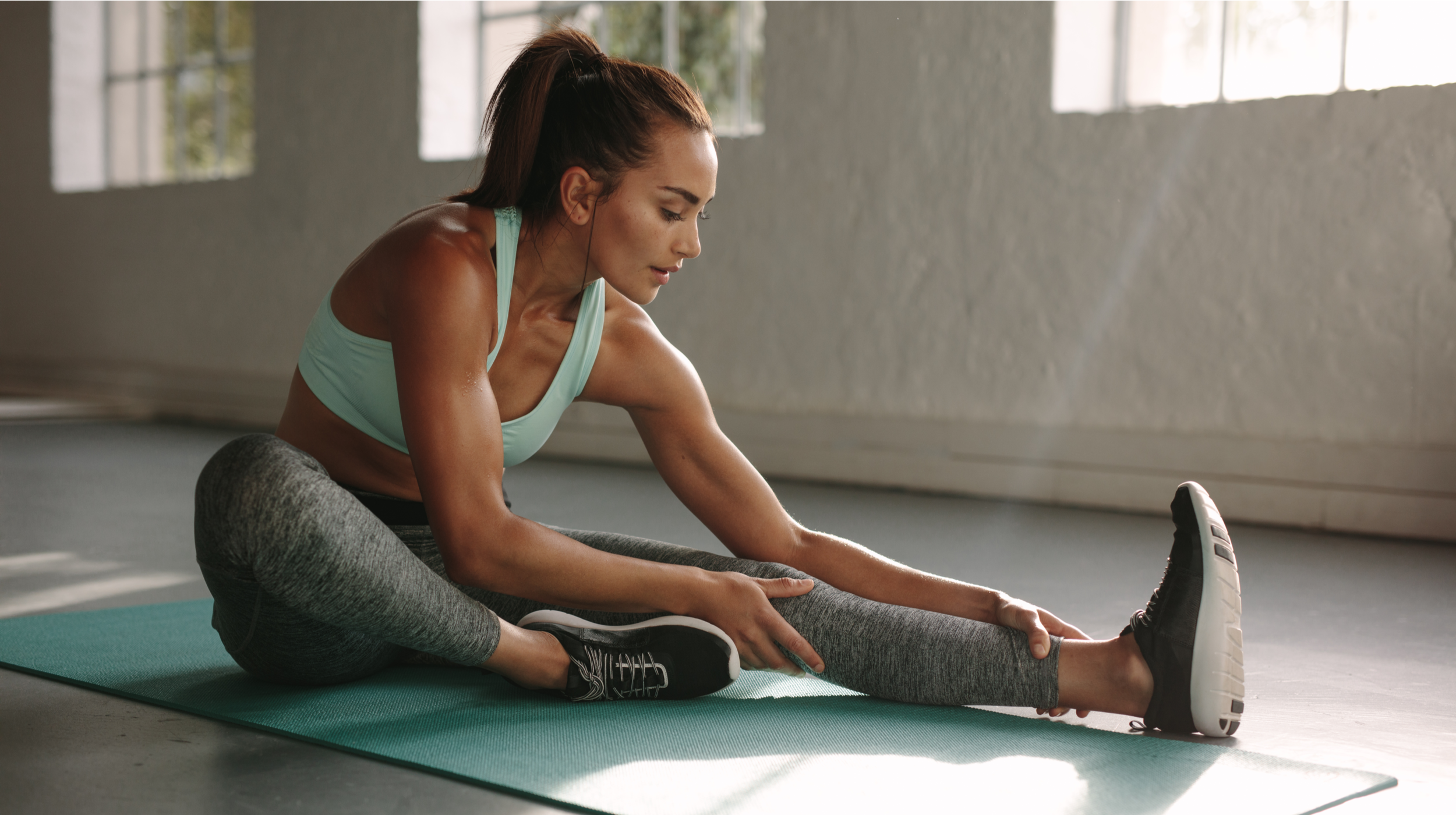Why All Personal Trainers Need to Understand Mobility and Correctional Exercises
Aug 18, 2020 mindpumpThe Value of a Good Assessment
Any trainer or non trainer can google and find a workout plan to give someone that’ll get some results. But can you actually create a program catered specifically to YOUR client? If you are working in a big box gym, the majority of your clients as a trainer are going to be the general population. That means 98% of the time they will probably have similar pre existing injuries (low back pain, shoulder pain, knee paint, etc.). If this is the case it would be absolutely negligent for you as a trainer to NOT address this. It doesn’t matter if they want to pack on 30 pounds of muscle. If you are trying to build slabs of meat on top of a weak foundation you are creating a heavier house that’s going to collapse.
The Importance of Having a Specific Goal
All trainers need to have knowledge rooted in mobility and correctional exercises to build that proper foundation. The truth is, when you talk to these clients, they’re either going to forget, or intentionally leave out any injuries. When you are doing an assessment, it is your job as a trainer to have a system that puts a spotlight into any weaknesses they aren’t bringing up.
When people think of mobility they usually think of flexibility and the lack of pain. But better mobility makes it so that you can ultimately lift more weight.
Addressing Areas of Pain
The biggest thing you should also realize as a trainer, is that addressing these weak areas is how you create a lifelong client. Yup, not by putting them through some cool muscle building program. Again, anyone can do that. The moment you show them their weak areas (especially if they haven’t told you), is really going to highlight their value. It’ll look as those you are reading their mind. Even better, once you FIX these areas, you’ll have gotten rid of pain points they will have accepted as never going away. This is why they’ll trust you for life.
Every muscle in your body works synergistically. If we shorten our range of motion over time (i.e. sitting at a desk 8 hours a day), those muscles tighten up. Not only that, they start compensating for that lack of range of motion by placing the extra load that shortened muscle was normally supposed to take, and place it elsewhere.
Example – if your hip flexors tighten up from sitting all day, your glutes are probably not firing and your hips are now flexed in a bent over position. Since neither glutes or hip flexors are in a proper position to carry 100% of the load, the majority now goes towards your lower back. This is how we get low back pain.
The other important aspect is, they are slowly losing connection to these muscles. Implementing proper correctional and mobility workouts, primes the body and mind to reestablish that mind muscle connection so that we can get the glutes firing again and hip flexors opened up.
It Increases Strength Too!
Who do you think will make more gains? The guy doing a 315 pound squat to full depth, or the guy doing a half squat for the sake of getting the poundage? It may seem like a step back at first, since you’ll probably have to lower the weight on a client who is currently lacking full mobility. But over the long run, they should find their numbers ultimately sky rocket. It is also a great tool if you have clients stuck in plateaus.
Teaching a client to practice a full range of motion, places more tension for a longer period of time on the muscle. Time under tension is the stress needed for a muscle to grow. Use it as a tool for muscle imbalances as well. Priming the muscle that’s lagging behind with a mobility or correctional exercise will help “cue” that muscle so that when you get into your main lift, you’ll be able to feel that muscle fire more. If you don’t address this, you may end up overdeveloping certain aspects of your client which again, can lead to further injury.
Talk to Your Client!
At the end of the day, you’re going to have to meet your client somewhere in the middle. They came to you having an idea of what they want, and I’m by no means saying ignore that. Still, put them through the assessment, and as you find these asymmetries, address it to them, and then describe why these correctional exercises will ADD to their goals. Every client is going to have injuries and still want to gain muscle or diet down. The trainer who can successfully accomplish that WHILE mixing in mobility and correctional exercises seamlessly is priceless.







